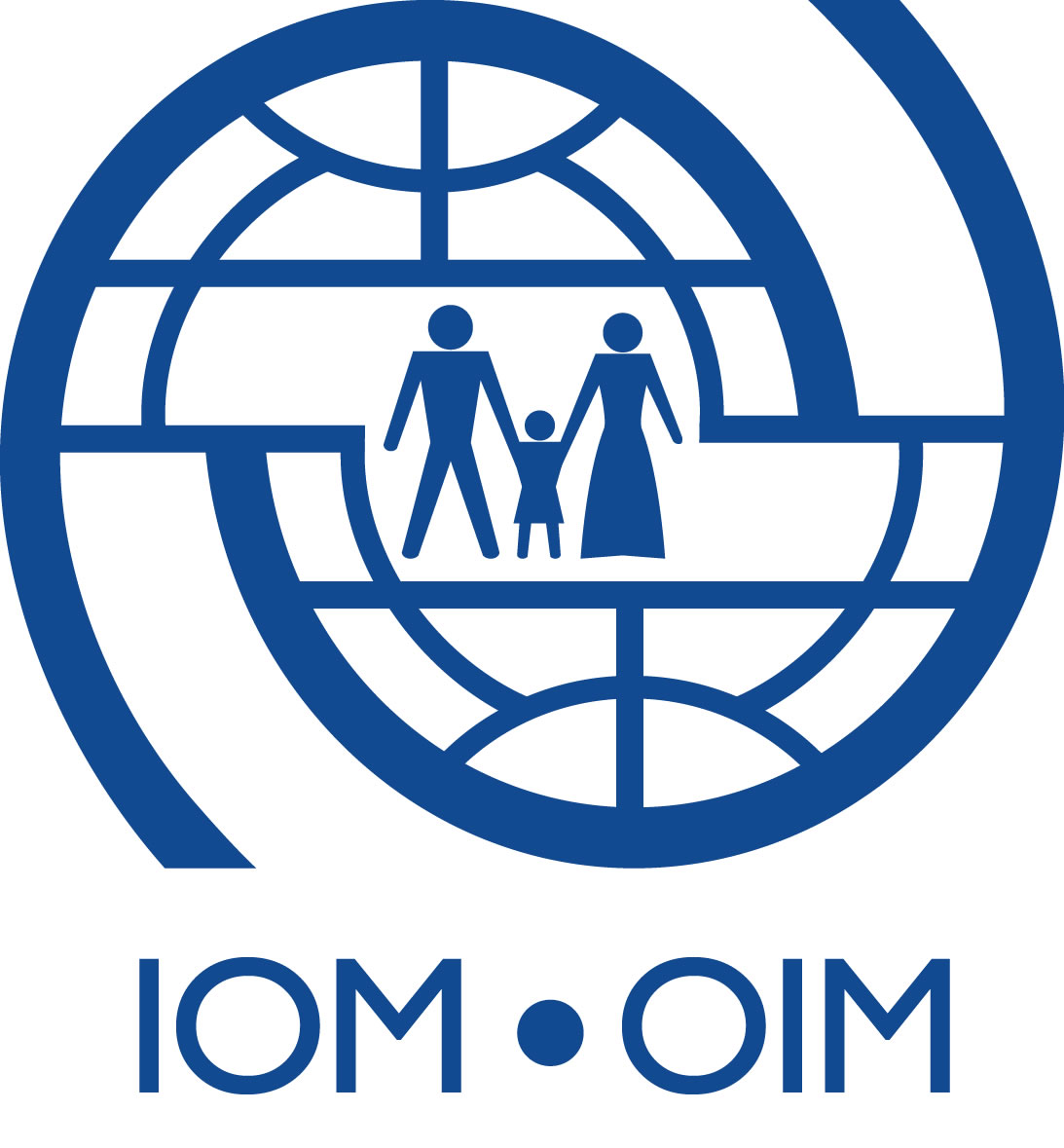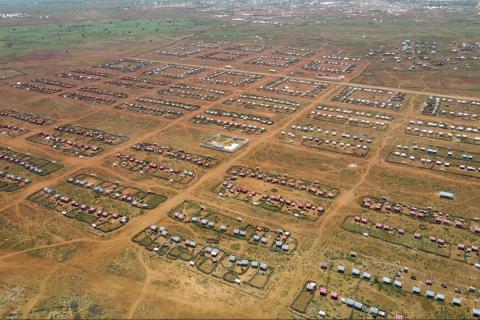Location
Established in 1951, IOM is the leading inter-governmental organization in the field of migration and works closely with governmental, intergovernmental and non-governmental partners.
With 165 member states, a further 8 states holding observer status and offices in over 100 countries, IOM is dedicated to promoting humane and orderly migration for the benefit of all. It does so by providing services and advice to governments and migrants.
IOM works to help ensure the orderly and humane management of migration, to promote international cooperation on migration issues, to assist in the search for practical solutions to migration problems and to provide humanitarian assistance to migrants in need, including refugees and internally displaced people.
The IOM Constitution recognizes the link between migration and economic, social and cultural development, as well as to the right of freedom of movement.
IOM works in the four broad areas of migration management:
- Migration and development
- Facilitating migration
- Regulating migration
- Forced migration.
IOM activities that cut across these areas include the promotion of international migration law, policy debate and guidance, protection of migrants' rights, migration health and the gender dimension of migration.
Members:
Resources
Displaying 21 - 25 of 25FSM Land Degrationa Neutrality
General
This project aims to secure critical ecosystem services through climate-resilient sustainable land and coastal management contributing to land degradation neutrality in the Federated States of Micronesia.
Africa Regional: High-Level Regional Conference on Land and Conflict in the East and Horn of Africa
Objectives
This project aimed to explore the linkages between access to justice and the rule of law, peace, sustainable development and climate change and to contribute towards the achievement of the High-Level Regional Conference on Land and Conflict in the East and Horn of Africa in October 2022.
Target Groups
Direct beneficiaries: Experts drawn from representatives of the Member States of the Intergovernmental Authority on Development (IGAD), the African Union, the United Nations system and other international organizations, think tanks, academia, civil society organizations, and the private sector. Indirect beneficiaries: Population of East Africa, particularly women and girls, and parties to land conflicts.
JSB FLARAK
General
The Forestry and Land Restoration Action for Kenya’s NDC (FLaRAK) Project proposes sustainable measures to resolve systemic barriers that continue to hinder sustainable tree growing and unmitigated ecosystem and land degradation
LAND-at-scale Somalia: Saameynta – Scaling-up Solutions to Displacement in Somalia
General
Somalia has over 2.9 million Internally Displaced People (IDPs) following decades of civil war and violent conflict. In addition, a significant increase of droughts and floods due to climate change have forced people away from their rural homes. Most IDPs have relocated in Somalia’s cities which has resulted in rapid urbanization, unplanned city development, and a speculation in land markets. This situation has spurred continuous displacements and forced evictions of IDPs, preventing them from building a sustainable livelihood. This LAND-at-scale project, funded jointly with the Swiss Development Cooperation (SDC), aims to contribute to a sustainable integration of IDPs in three Somali cities. Local governments, IDPs as well as host communities will be supported to contribute to a process of inclusive urban development and to apply land value capture for infrastructure development and basic services. Specifically for land governance strengthening, project strategies include:? Strengthening (technical and institutional) capacities of local authorities to address urban displacement and capacities of IDPs to participate in processes of inclusive urban development? Improving tenure security for IDPs to reduce risks of displacements and forced evictions? Enhancing the institutional framework within the three target cities to apply a land value capture approach.



